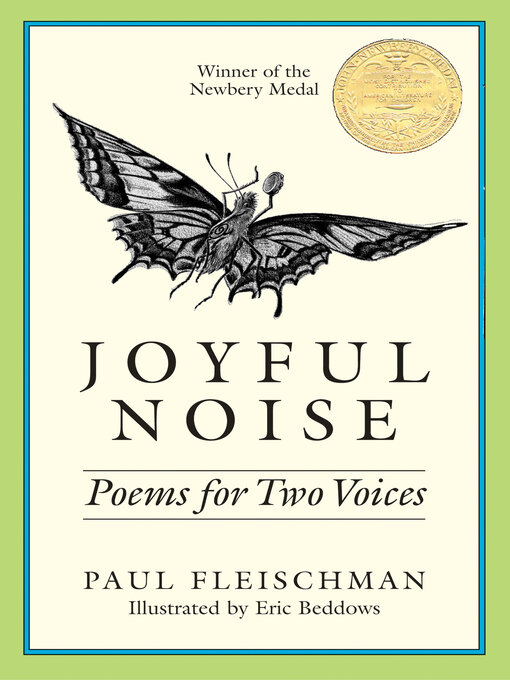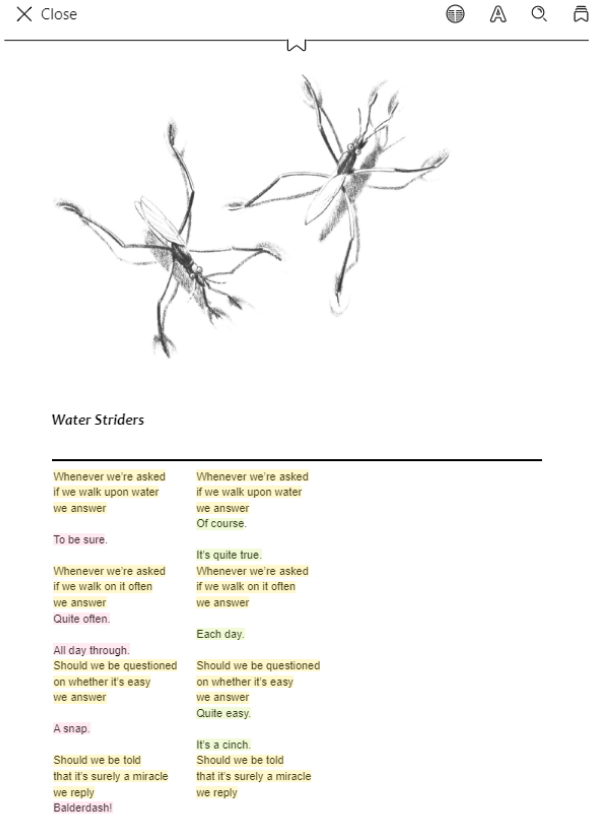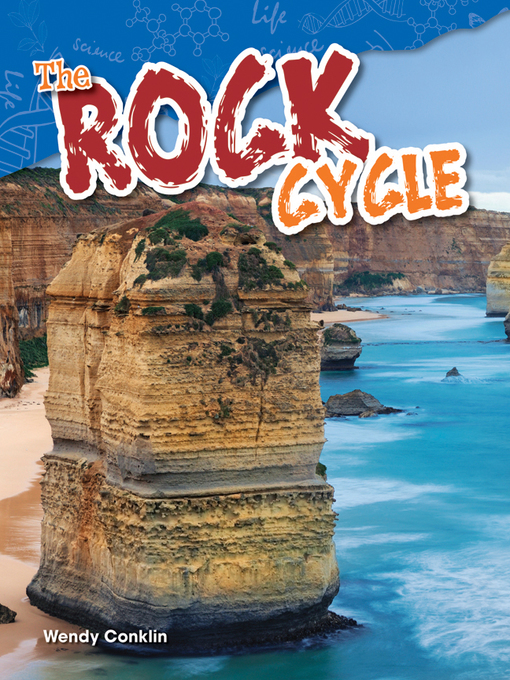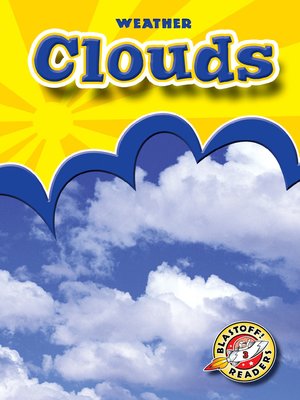
Sora in the Classroom: Using digital books for science curriculum
By: Amanda Izuka-Lawman, Product Support Specialist
In this recurring Sora in the Classroom series, we discuss lesson ideas that leverage the Sora digital reading platform to support your state and district technology and curriculum requirements across all subject areas.
So far, you’ve learned how Sora can be used in the English/Language Arts classroom. But did you know that Sora can also be used to meet learning requirements in a science classroom?
In this article, you’ll get specific ideas for how to use Sora during science lessons to hit the targets of the Technology Integration Matrix (TIM). The Technology Integration Matrix incorporates five interdependent characteristics of meaningful learning environments: active, collaborative, constructive, authentic, and goal-directed. These characteristics are associated with five levels of technology integration: entry, adoption, adaptation, infusion, and transformation.
Below are lessons ideas that can be used in science class utilizing the TIM Matrix.
TIM Level: Collaborative Adoption

After studying the topic Inheritance and Variation of Traits and learning about traits that can be influenced by the environment or inherited, students can work in pairs (or as a class divided into two groups) to perform these poems about the joyful cacophony and lives of cicadas, fireflies, honeybees, digger wasps, etc. Extra points for creativity, rhythm and theatrics!
The Highlight feature in Sora should be used so that different colors indicate lines read together or individually. For example, lines highlighted in yellow should be read in unison. Lines highlighted in Pink, the first student or group reads alone. Lines highlighted in green are read by the second student or group. Encourage the students to perform their poems to the rest of the school or during a Parent’s Night!
For Example:

TIM Level: Active Adaptation
This lesson involves creating a wax museum at the elementary grade level. Students begin by using Sora to check out books to research different scientists. They can use the Highlight tool to highlight basic biographical information such as birth date, childhood life, schooling, major accomplishments/impact on the world, older life, date of death, etc.
With the information they highlighted, students then write a report on the life of their scientist. The culmination for this research project involves each student dressing up as that scientist and presenting their information in the form of a wax museum to parents and/or other students in the school.
TIM Level: Collaborative Adaptation
 In this middle school science lesson, students create a rock cycle narrative. They will need access to two titles for this lesson. The first, The Rock Cycle by Wendy Conklin, needs to be accessed by all students individually. As they read independently, they need to highlight and take notes. These notes can then be exported to Google Classroom or as a PDF file.
In this middle school science lesson, students create a rock cycle narrative. They will need access to two titles for this lesson. The first, The Rock Cycle by Wendy Conklin, needs to be accessed by all students individually. As they read independently, they need to highlight and take notes. These notes can then be exported to Google Classroom or as a PDF file.
Next, read I’m Trying to Love Rocks by Bethany Barton as a whole group. Students then work in groups to create a narrative from a day in the life of a rock in the rock cycle. Students will draft a narrative from the point of view of each rock in the rock cycle:
- Igneous
- Sedimentary
- Metamorphic
They must provide textual evidence based on the notes they took in the first title and then use the second title for supporting information. Groups can then present/read their group narrative in front of the class. Using props and creativity are encouraged!
Extension Activity
The students would also complete the project in their groups on page 29 of The Rock Cycle and create a video or share a ppt of their crayon rock cycle. The teams will photograph/film & document the experiment on page 29 in the science lab or at home as applicable.
TIM Level: Goal-Directed Transformation
This STEM/coding lesson is appropriate for the lower elementary grades. The goal of the lesson is to use the information and vocabulary learned to create a coding project using Scratch to describe an aspect of weather, such as how clouds are formed.
 To begin the lesson, obtain a Class Set or title assign the book Clouds by Anne Herriges to students. Her other weather-related books could also be used for this lesson. As students read the books, they learn about various aspects of weather and can use bookmarks in Sora to mark pages with information they want to use for the coding project. They should also use the highlight/notes features to record their coding ideas for different vocabulary words within the text.
To begin the lesson, obtain a Class Set or title assign the book Clouds by Anne Herriges to students. Her other weather-related books could also be used for this lesson. As students read the books, they learn about various aspects of weather and can use bookmarks in Sora to mark pages with information they want to use for the coding project. They should also use the highlight/notes features to record their coding ideas for different vocabulary words within the text.
Once they’ve finished reading, they can use the bookmarks and notes they created to create an interactive story, game, or animation on Scratch to display what they’ve learned about their chosen aspect of weather.
Extension Activity
If multiple weather books are available, students can choose a weather topic that interests them to create their coding project. This activity can also be given to small groups, assigning each group a weather topic (snow, rain, clouds, etc.).
Lastly, you can use relevant Sora titles to apply this lesson to other topics, such as animals or planets.
Discover more subject-based lesson plans with Sora
Sora is a digital reading solution that makes a great tool for classroom settings beyond pleasure reading or ELA lessons. In the coming blog posts, you’ll learn how Sora can help you meet technology standards in math, history, and electives classes.
Please reach out to your OverDrive team to learn more about how Sora can be an equitable investment for your school.
About the Author
Amanda Izuka-Lawman has been a Product Support Specialist with OverDrive for 6 years. Before joining the OverDrive team, she was a middle school science teacher and STEM Coordinator for 11 years. In her free time, she loves visiting with family and friends, taking road trips and having free weekends with her husband, two kids and new puppy.
Many thanks to the OverDrive Educators group for their contributions to this blog post.
Tags In
Browse blog and media articles
Public Library Training
K-12 Library Training